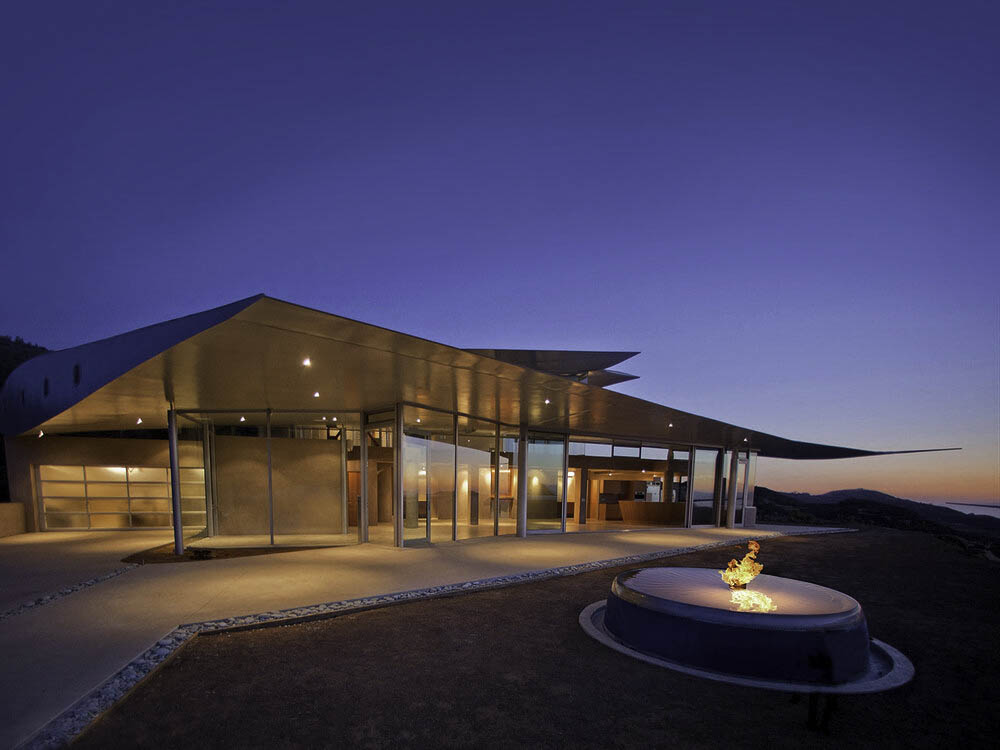While there are many different things you may think of when Cuba is mentioned, the architecture may not be the first thing that you think of. However, with over 500 years of history, there have been a number of different styles and trends coming through Cuba to make this a destination well worth checking out with respect to viewing Malibu architects. In the capital city of Havana alone there are more than enough different architectural styles to make an architectural holiday worthwhile arranging.
The history of Cuba and its connections around the world played a part in many of the buildings that are regarded as the most stylish yet oldest buildings in the country. Cuba was descended upon by colonials and they brought many treasures from their former homes. This led to Havana being heavily fortified and in the 1500s to the 1700s; a great deal of work was undertaken in protecting and looking after the city. While buildings and forts placed limits around existing city borders, the influence of countries such as Italy, Greece and Spain came to the fore in the nature of the buildings being constructed in Havana. An example of the Spain influence can be seen with the San Carlos and the San Ambrosio Seminary.
The Neoclassical style of architecture came to Cuba in 1840, a time of great change in the city. The railroad was introduced to Havana in 1837 and gas lighting was introduced a few years later. This was a time when the coffee and sugar industries were growing rapidly and there was a large French inspiration on the city. A stunning example of this style of building from this era is the Aldama Palace, which was created back in 1844.
French style impacted on Cuban architecture
The trend for this style of building continued into the 20th century, with the work of Jean Claud Nicolas Forestier playing a huge role in Havana maintaining this particular style. Forestier was previously based in Paris where he was the head of all urban planning and his influence has inspired a lot of the buildings that still stand tall and proud in Cuba today.
Cuba and Havana also welcomed the art deco movement, with Miramir being the first place to benefit from this stylish form of architecture. Anyone looking to view a stylish example of this style of architecture would be advised to view the Edificio Bacardi. Other examples include the Lopez Serrano or the Hotel Nacional de Cuba. These buildings were fantastic additions to the wealthier suburbs of the city but soon art deco style buildings were popping up across the city.
After art deco shaped much of Cuba, the next big change came with the rise of modernism. This brought a number of high rise buildings to the city, changing the skyline of Havana for all times. These buildings featured hotels, apartment blocks and even offices.
There is no unifying style or nature that sums up the architecture of Havana but this only increases the attractions for any architectural tourist arriving in the city.
